Tango
2018
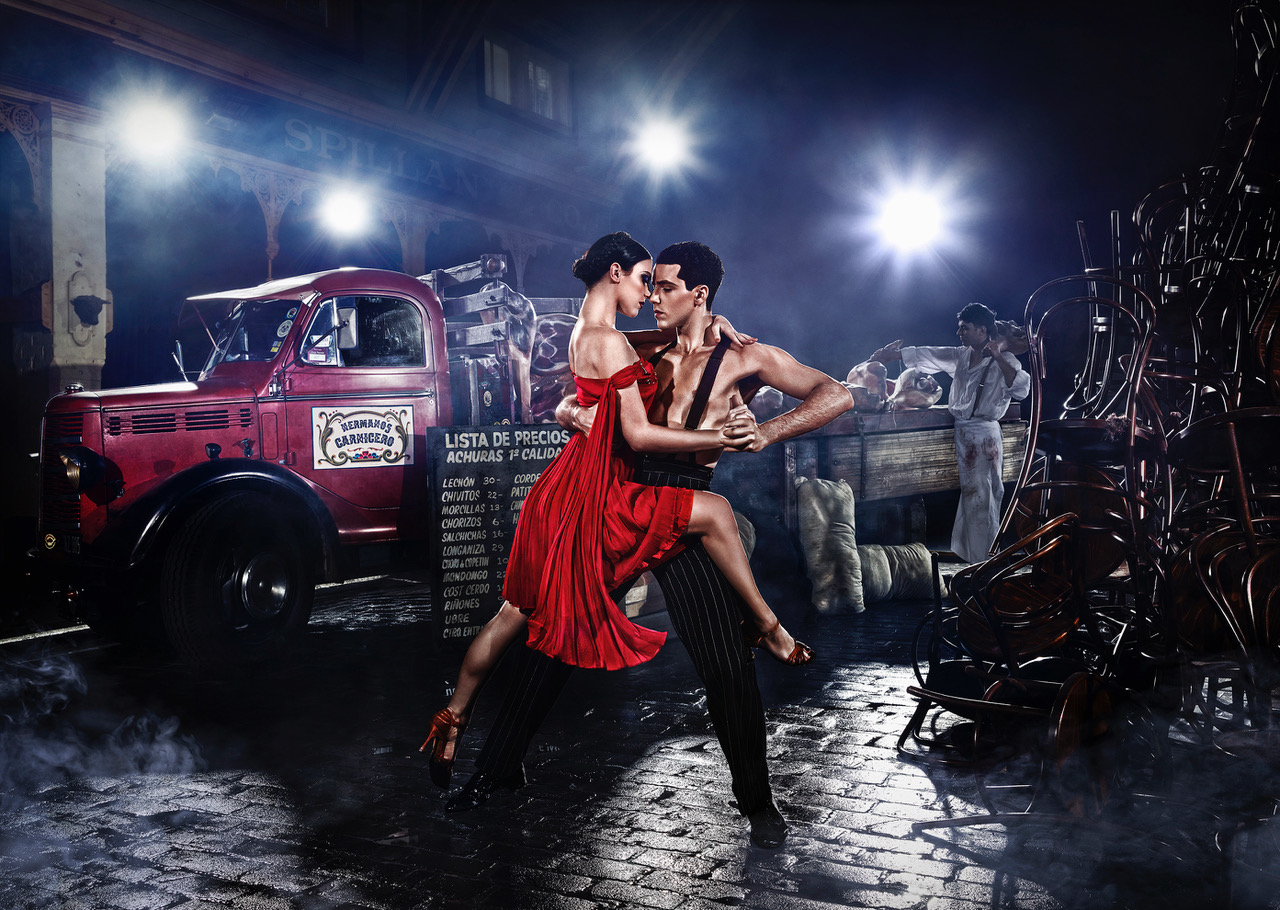
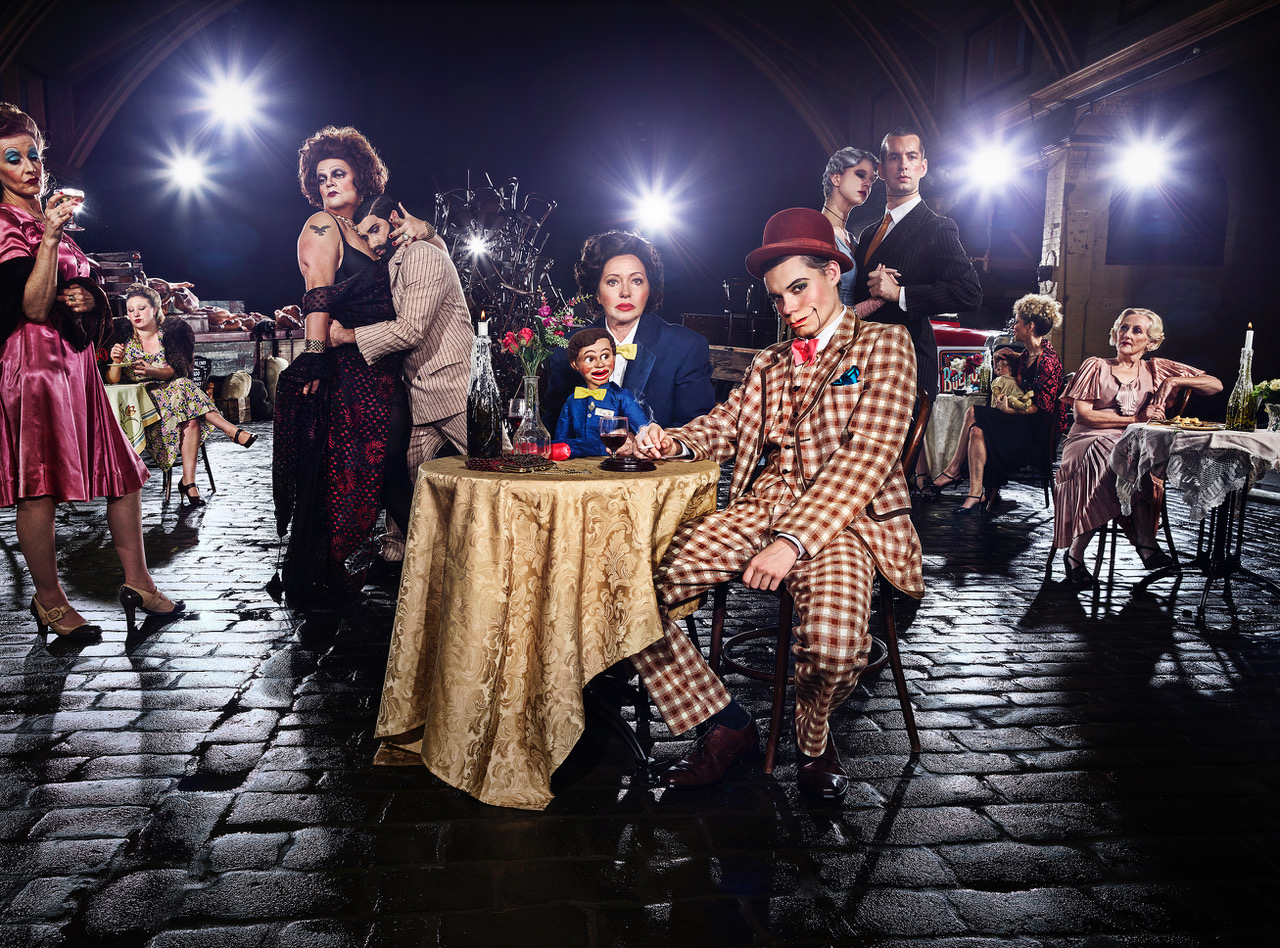
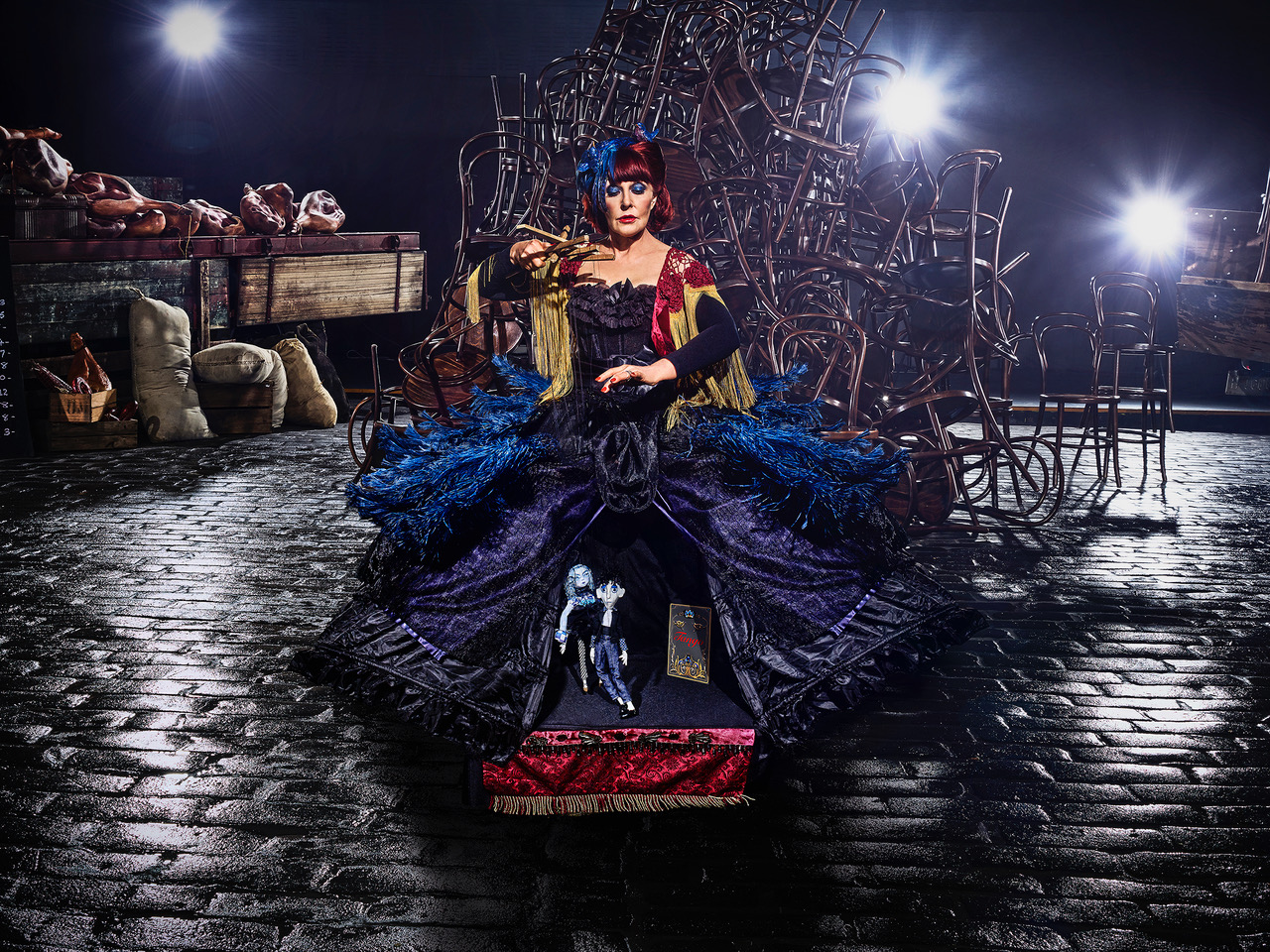

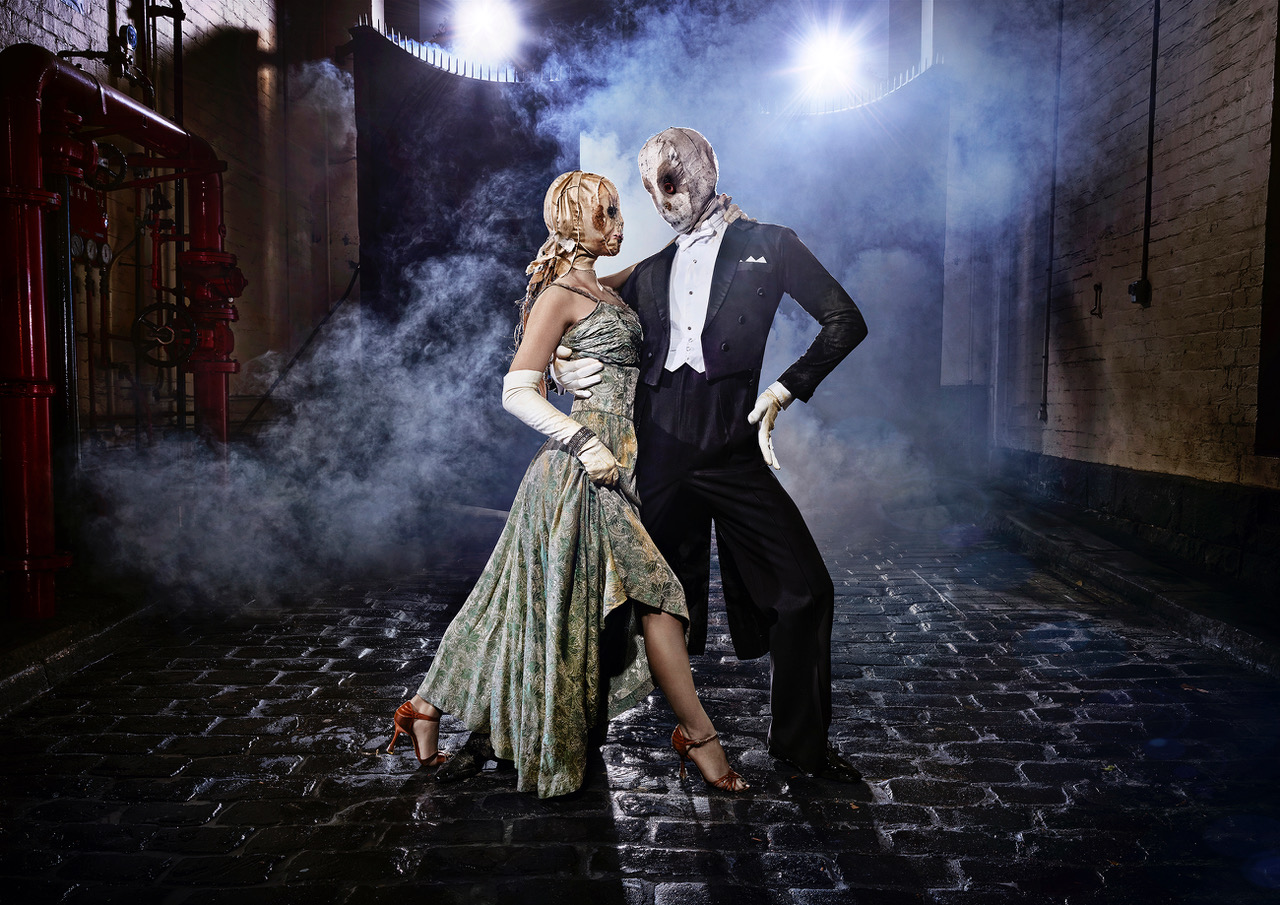
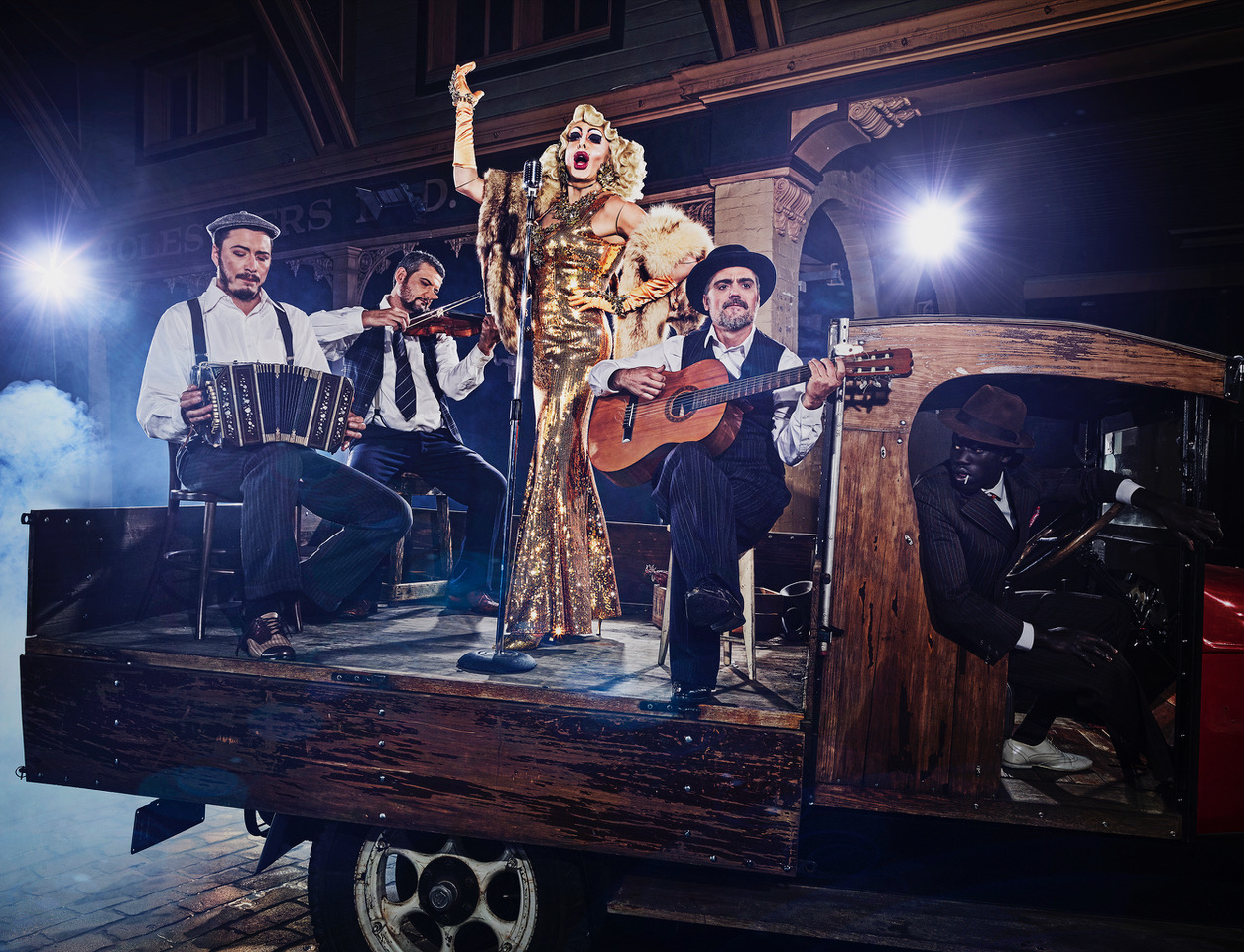
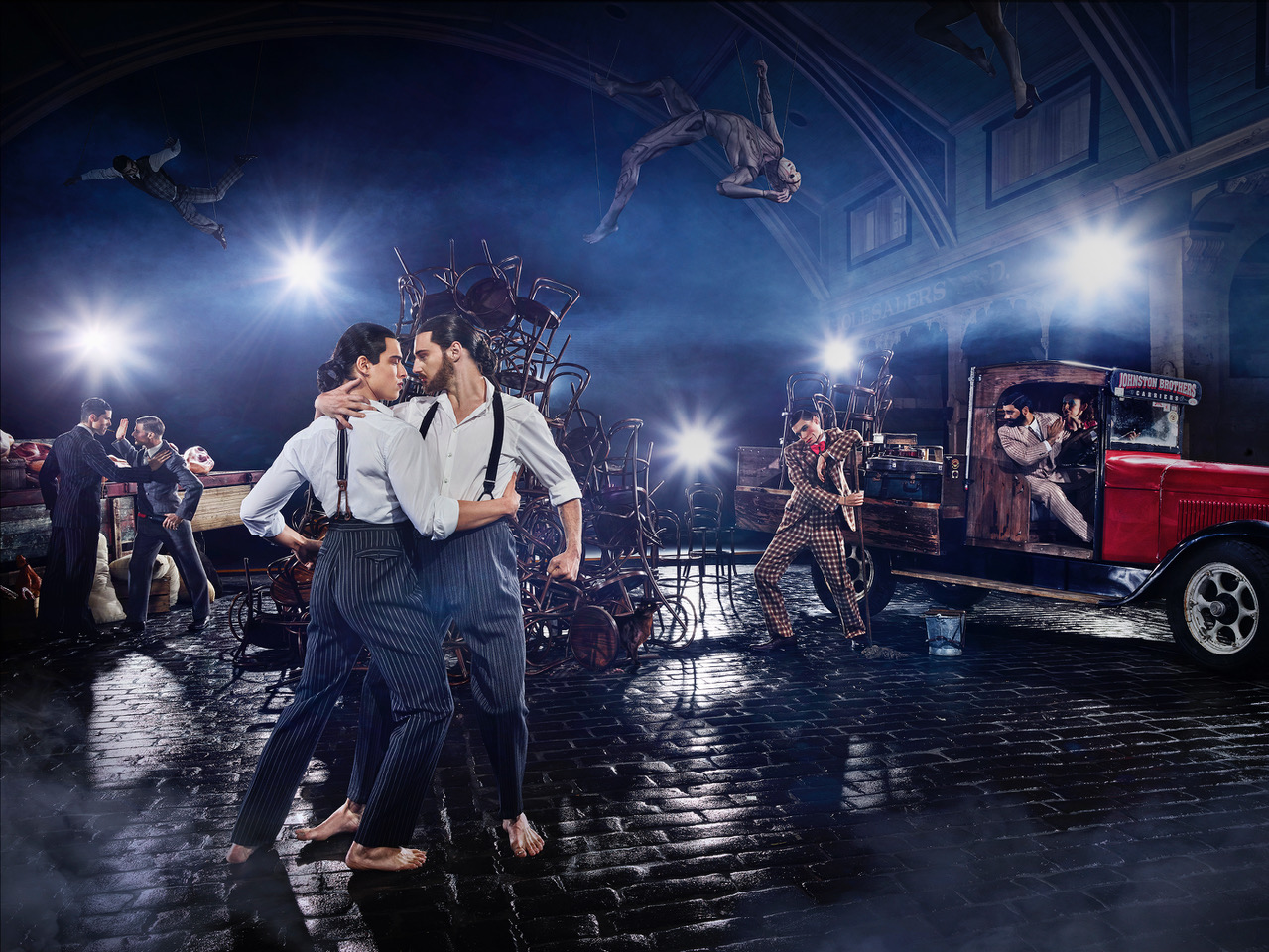
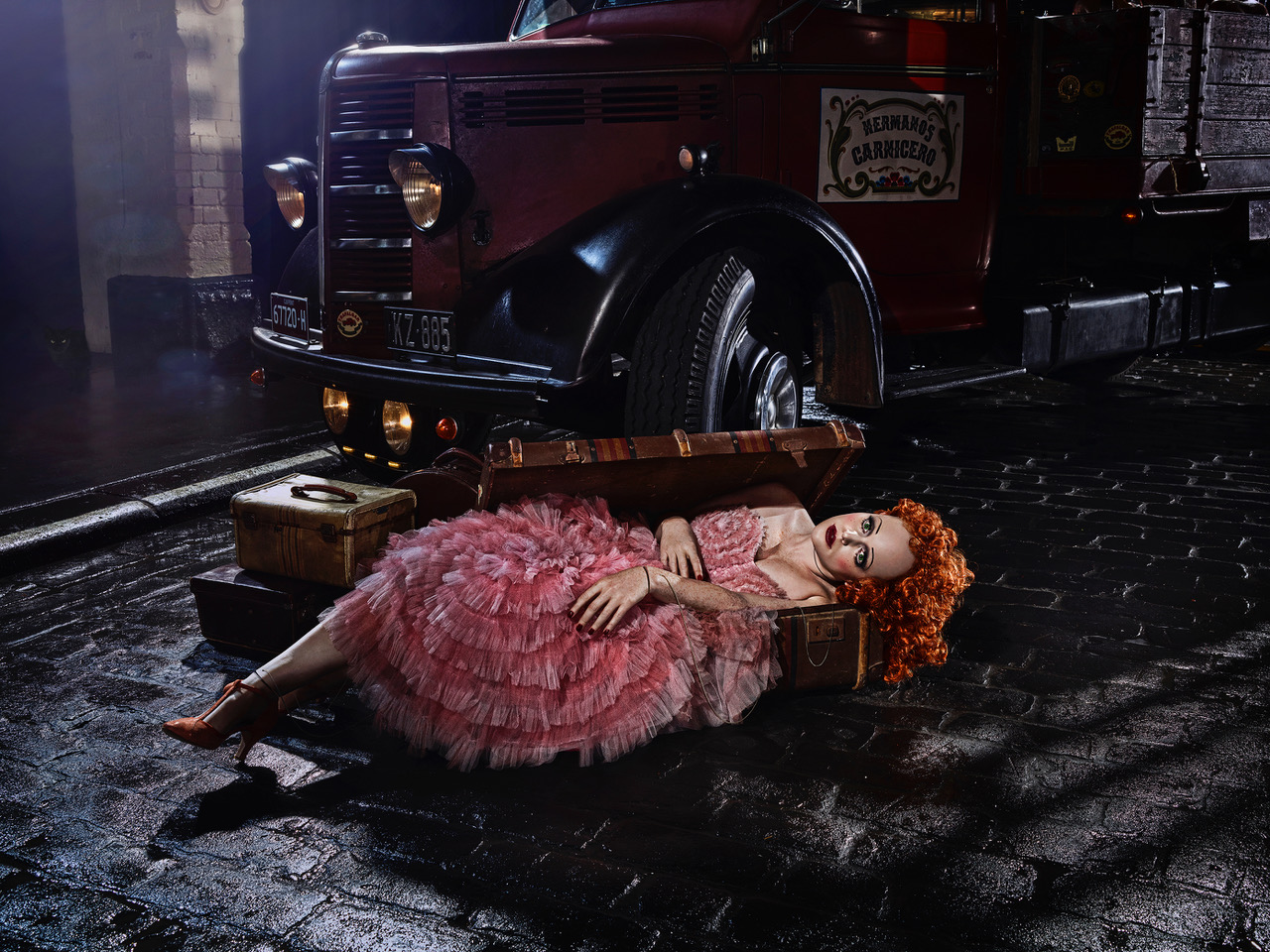
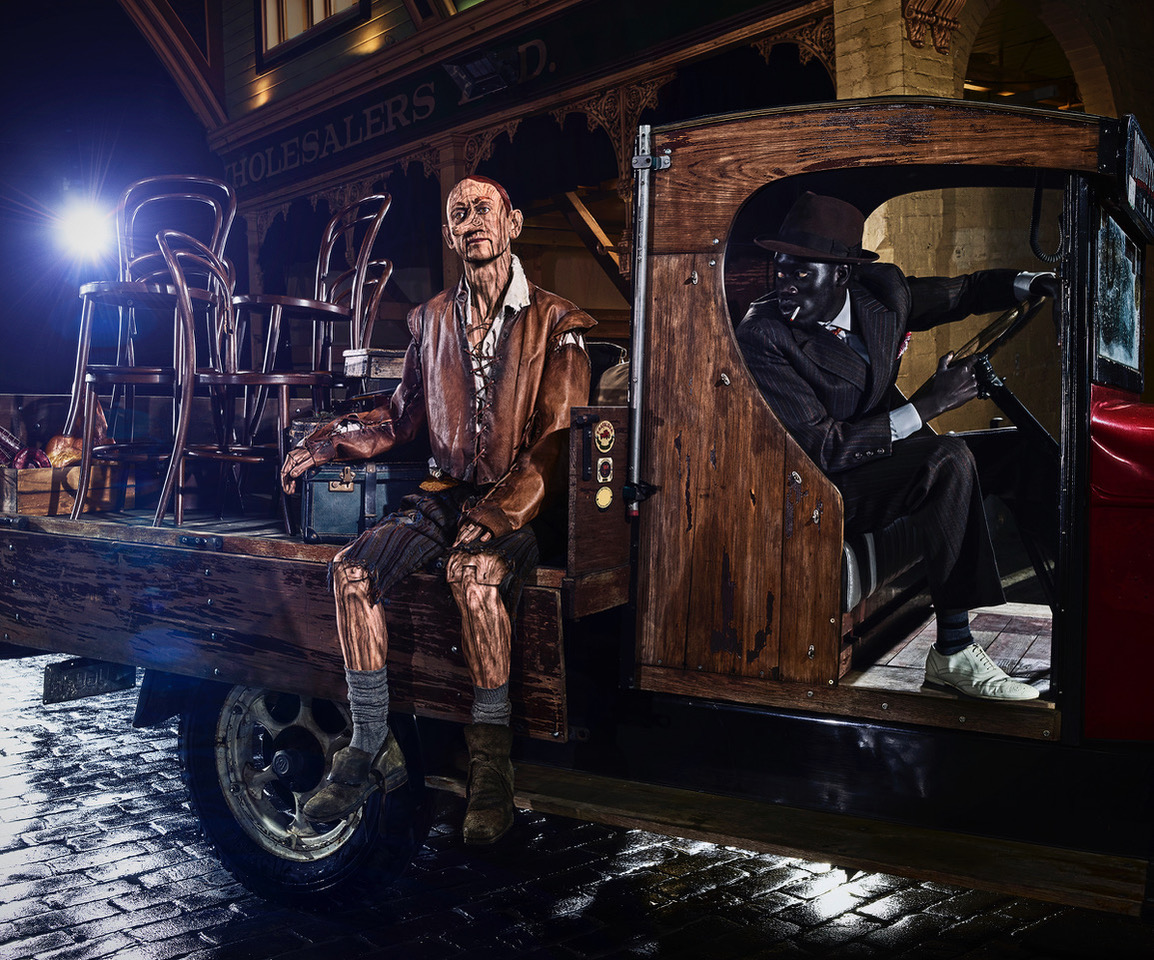
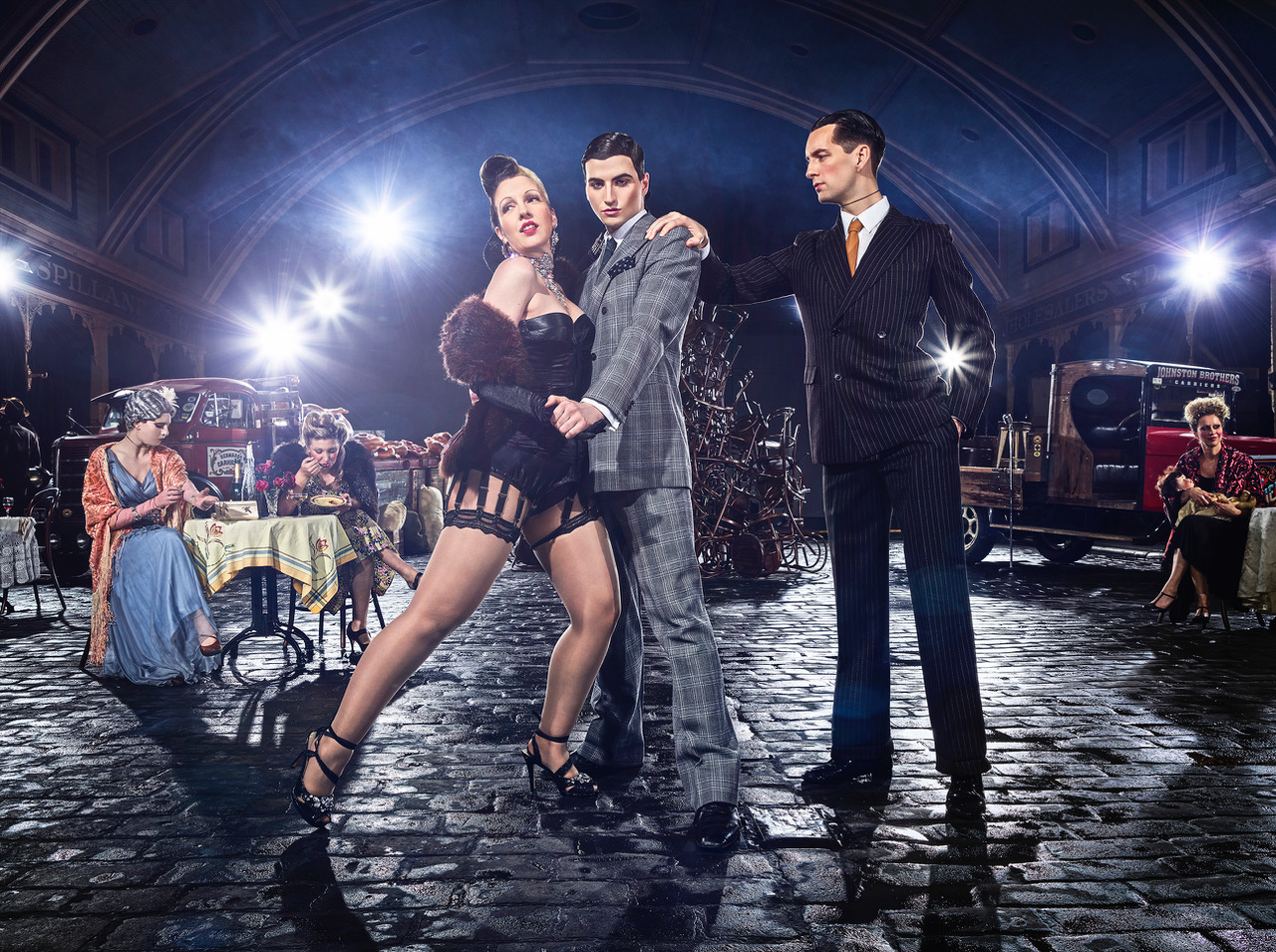

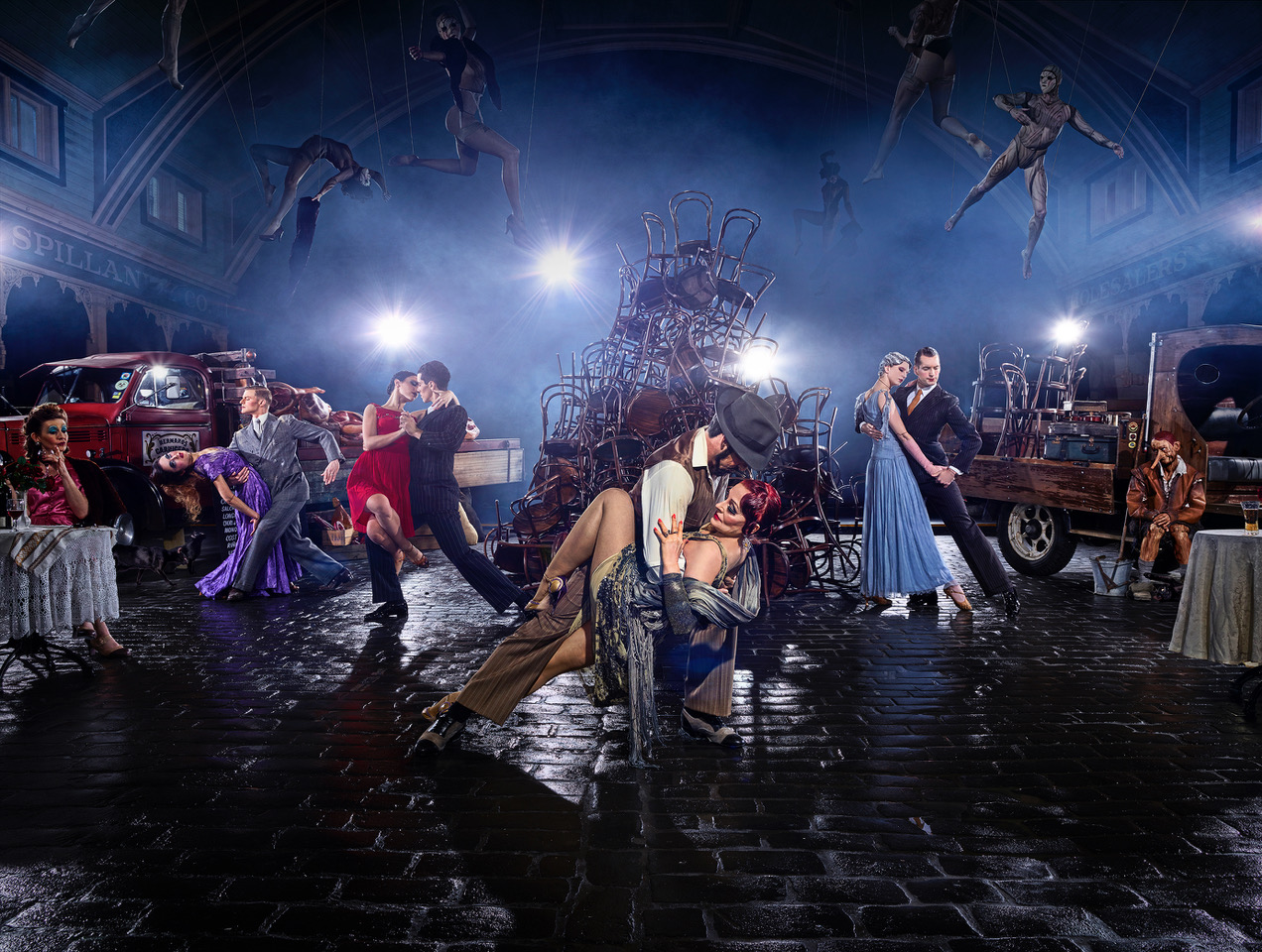

Tango grew out of the tempestuous melting pot of natives, slaves and immigrants in the dockland brothels and bars of late nineteenth-century Buenos Aires. It was, by its nature, a music and a dance form of diverse origin: African, Bohemian, Cuban, Czech, German, Polish, Spanish… This was a place of flinty exteriors and rough edges that generated a friction of fiery sexual tension and the sparks of violence.
Tango brought to this incendiary mix a rigorous form. It demands that two bodies move in perfect unison. The steps are quick and precise – there is none of the swooning swirl of the waltz. The bodies of the dancers form a taut frame of sinew and muscle. The rules of the dance and the strict tempo of the music act like the lid of a pressure cooker, building and containing a steaming passion under an unyielding exterior.
The esteemed Argentinian writer, Jorge Luis Borges, put it this way:
“The tango is a direct expression of something that poets have often tried to state in words: the belief that a fight may be a celebration.”
This is the kind of paradox that engages the artistic partnership of Gerard O’Connor and Marc Wasiak. Their complex cinematic images are defined by the interrelationship of surface and substance; of what is apparent but unreliable and what might be disguised but true. A truth that nonetheless never quite resolves, but always hangs ajar with the lingering doubt of possibility.
In this combative dance form, who is in control? The one who leads or the one who follows? Or are both in the thrall of the music and the directive of the dance. The one who leads can only do so if the one who follows lets them. The submissive defines the power of the dominant. The slightest demur by the one who follows will make the one who leads look weak and both look clumsy. The true authority lies in the music, which controls their partnership as a showman pulls the strings of a marionette.
Thus, embracing the magic-realist language that is a leitmotif of the artists’ work and particularly appropriate to a Latin-American subject, the dancers become puppets. In this makeshift multicultural milonga a meat market becomes a dancehall and the dancers metamorphose into dolls strung to the control of the music. All have seen better days: the china doll is cracked, the mannequins stiff and dated, the rag-dolls frayed. But all find in the enchantment of the dance an elegant sensual beauty.
Meanwhile, as the doll-humans perform to the dictate of the music, the dance master looks on: Pinocchio, the puppet who dreamed of being a real boy…
These ironic circularities are what lie beneath the surface of the work. While Gerard and Marc create images of immaculate style and finish with a flawless photographic surface, what defines and animates their work is the celebration of difference, the brittleness of pretence, the surge of the sensual and the infinite complexity of human connection.
The celebrated American choreographer, Martha Graham, once wrote:
“Great dancers are not great because of their technique; they are great because of their passion.”
The perfecting of technique is a necessary but insufficient quality of greatest. Gerard and Marc are consummate craftsmen: style, visualisation, photographic precision are all perfected. But what brings greatness to their work – what makes it so captivating – is the way in which is fuses the contradictions that make us human; celebrates while troubling; affirms while questioning; flirts with danger while engaging the most sensual of struggles.
Theirs is the passion of the true artist. A passion that inspires all those with whom they work to create these expansive tableaux. The dynamic of that passion derives its power from the foundation from which it originates: the deep empathy and intelligence with which they continue to consider the complex condition of being human.
Dr. Alasdair Foster
Sydney, September 2018
